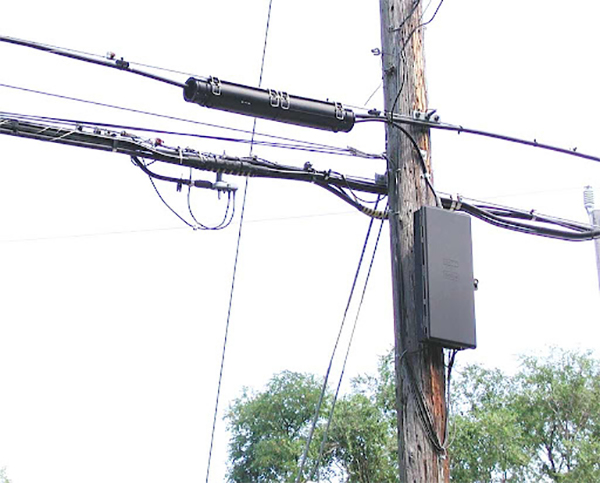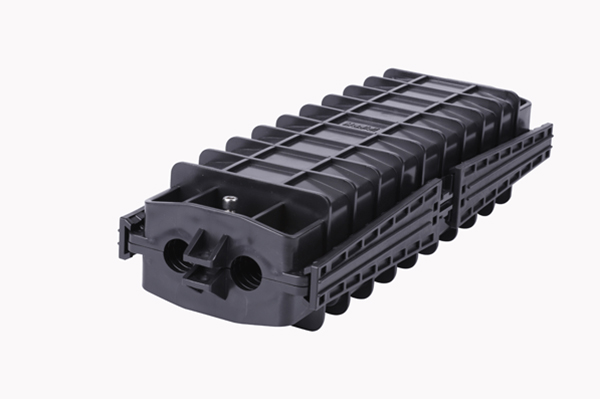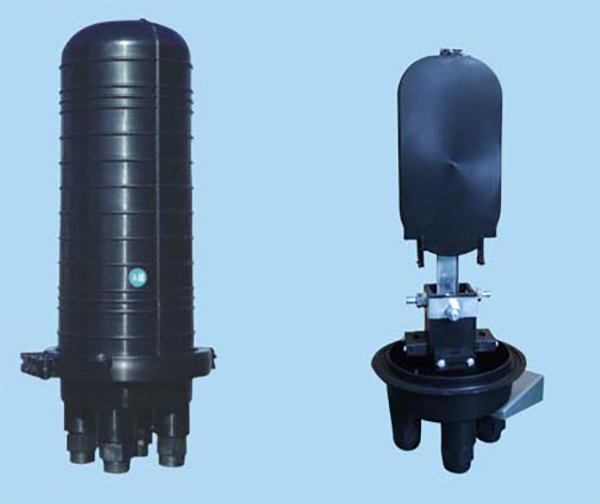What is Fiber Optic Closures?
Fiber optic closures, also known as fiber optic splicing closures, is a
device used to provide space for splicing optical fibers and to provide
protection for spliced optical fiber splice points and optical cables. It is
used to fix some sensitive cabling areas and protect them from elements. Fiber
optic splice closures are usually used together with outdoor fiber optic cables
to provide space for splicing outdoor fiber optic cables together. There are
generally two types of optical fiber splice closures, horizontal fiber optic
splice closures and vertical fiber optic splice closures, and horizontal fiber
optic splice closures are more commonly used.

Types of Fiber Optic Closures
Horizontal Fiber Optic Splice Closure
Horizontal type fiber closure looks like a flat or
cylindrical shell. They provide space and protection for the splicing and
connection of optical cables. They can be installed overhead, buried or used in
underground applications. The horizontal type is more commonly enclosed than
the vertical type. Most horizontal fiber optic splice closures can accommodate
hundreds of fiber connections. They are waterproof and dustproof, have good
adaptability and compression resistance, and the shell is usually made of
high-strength plastic. It is widely used in cable television,
telecommunications and optical fiber networks.

96Core Fiber Optic Splice Clousure
Vertical Fiber Optic Splice Closure
Vertical fiber optic splice closure looks like a dome, so it is also
called a dome fiber optic splice closure. Suitable for buried applications, but
you can also use it on the ground. The vertical optical fiber splice closure is
made of high-quality engineering plastics, with several ports types, suitable
for different fiber cores. Vertical fiber optic splice closures are used in
CATV, telecommunications and fiber optic networks. Similarly, vertical design
needs to preserve the protection of the elements. Sealing and waterproofing
technology is particularly important.

Vertical Fiber Optic Splice Closure
Conclusion
Through our introduction, you can see the difference between two types
of fiber optic splice closures. How to choose them to make your work efficient
depends on your needs. If you are sensitive, you can see they are everywhere
around us in our daily life.
Baudcom offers all types of fiber optic splice closures. For more information, please visit Baudcom.